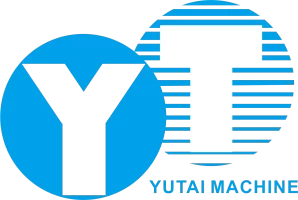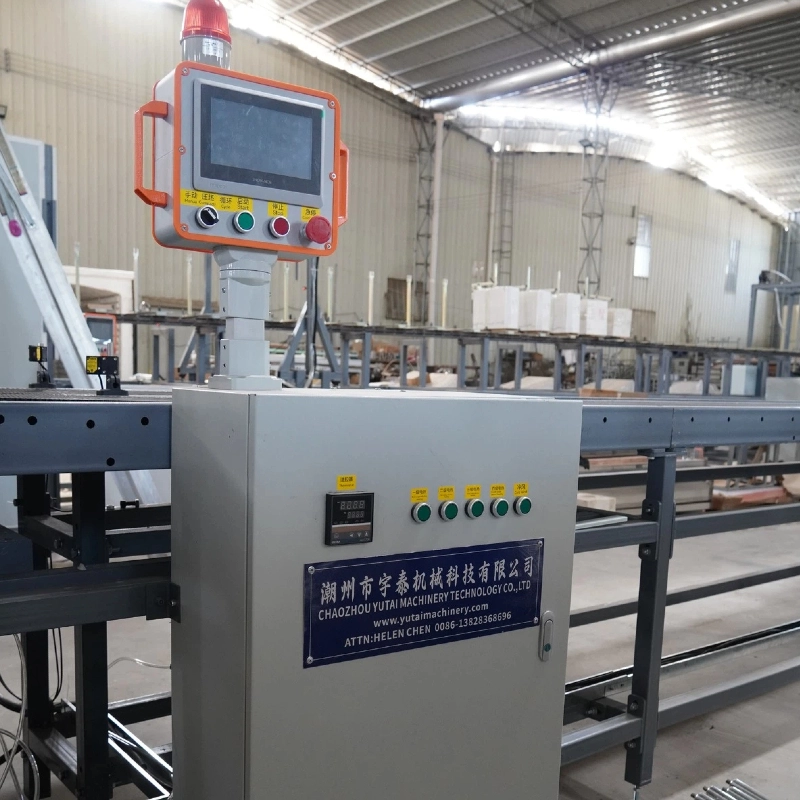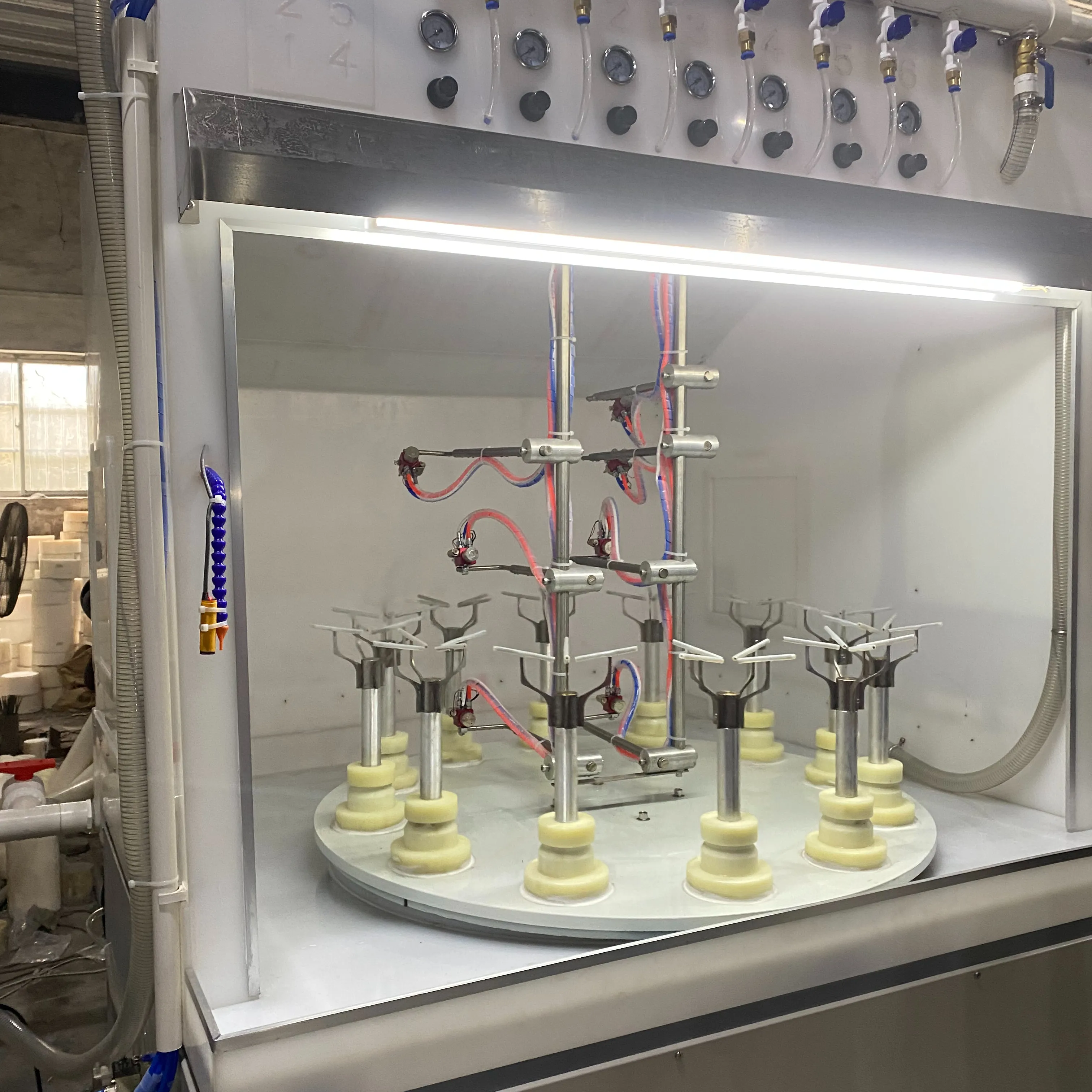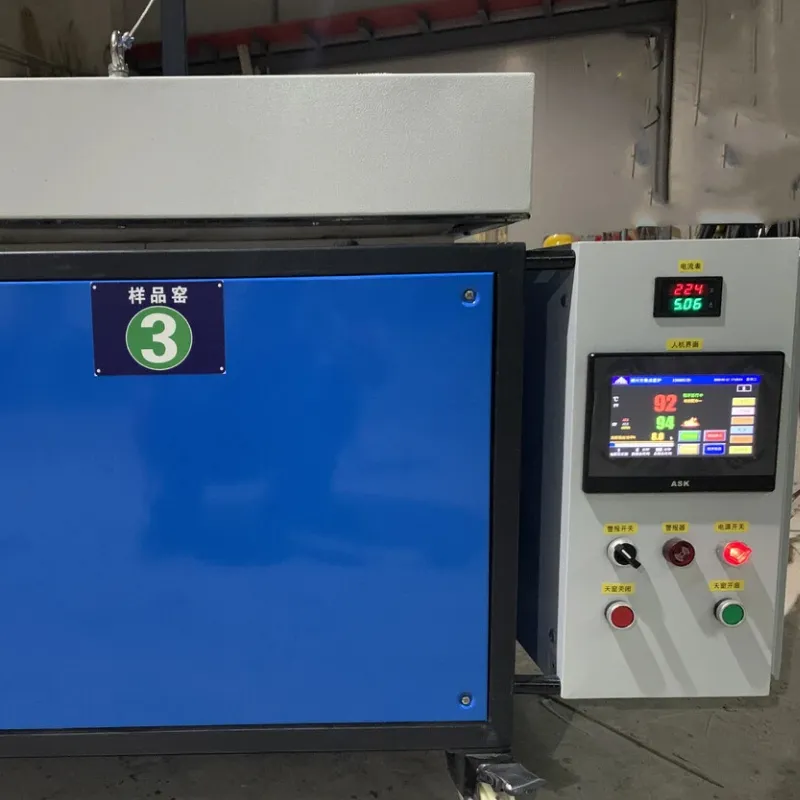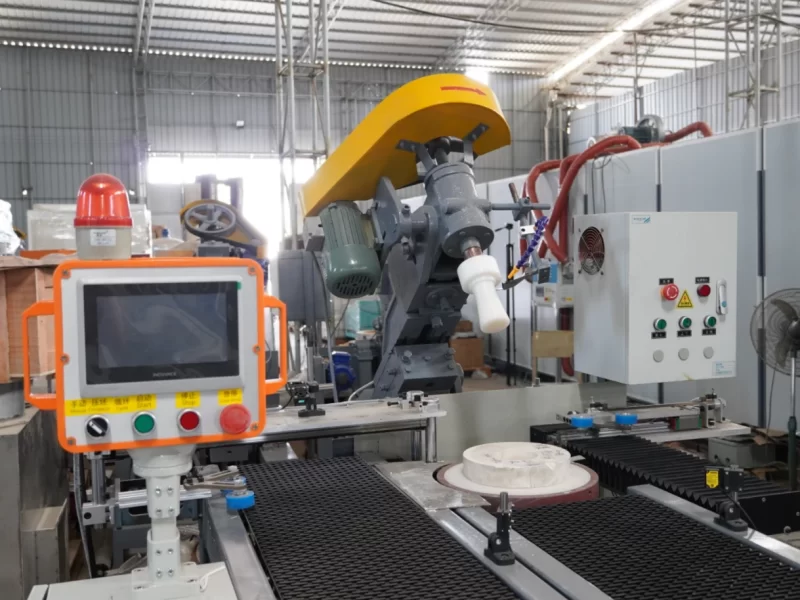
Today, as the ceramic manufacturing industry gradually moves towards automation and intelligence, the PLC control system (programmable logic controller) has become an indispensable core technology for ceramic machinery. It is responsible for the logic control, operation monitoring, state feedback and automatic adjustment of the entire equipment or production line. It is the key to ensuring high efficiency, high stability and safe production. As a professional ceramic machinery supplier, Yutai will help you understand the PLC control system in ceramic machinery.
What is a PLC control system?
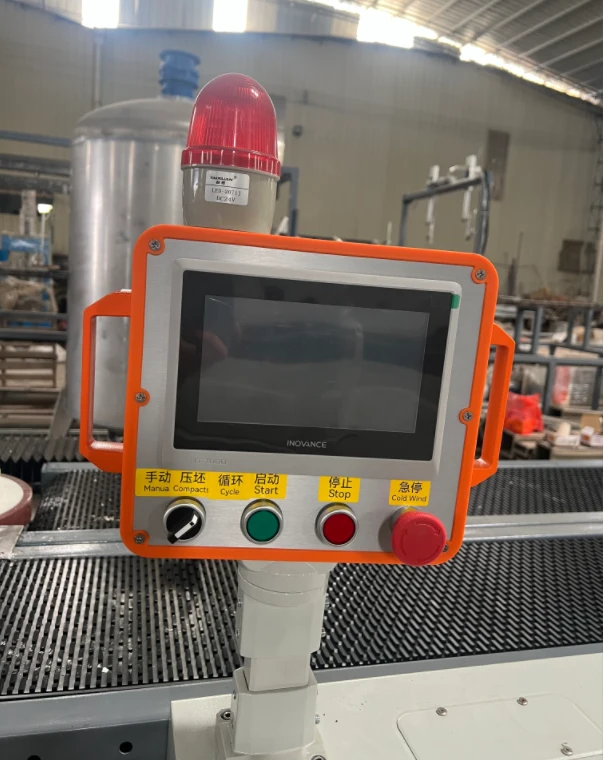
PLC (Programmable Logic Controller) is a digital computing and operating electronic system designed specifically for industrial environments. It analyzes input signals and controls outputs through programmable instructions to realize the automation of industrial equipment.
The basic components of PLC include:
Input module: collect signals from buttons, sensors, switches, etc.
The central processing unit (CPU): executes logical instructions, calculations and judgments.
Output module: control motors, heaters, cylinders and other actuators
Programming device: usually use programming languages such as ladder diagrams and structured text
Compared with traditional relay control systems, PLC has outstanding advantages such as small size, clear logic, programmability and easy maintenance.
Core application scenarios of PLC control system in ceramic machinery
Automatic control of forming equipment
- Control liquid flow, pressure and time during grouting/embryo pressing
- Automatic control of the entire process of mold closing, opening and billet discharge
Automatic glaze spraying and handling system
- Multi-axis motion control (cooperation with servo system)
- Precise control of glaze spraying angle and distance
- Cooperate with sensors to achieve positioning recognition and switching
Kiln temperature management
- Precise partition control
- Temperature curve setting and real-time feedback
- Abnormal overtemperature alarm and automatic shutdown
Why does ceramic machinery need a PLC system?
High stability: Adapt to complex ceramic factory environments such as high temperature, dust, and moisture
Strong programmability: Customize logic control processes according to product processes
High flexibility and scalability: Facilitate future expansion or equipment upgrades
Easy to monitor and diagnose faults: Real-time display of operating status through human-machine interface (HMI)
Save manpower and improve efficiency: Greatly reduce manual intervention, improve consistency and yield rate.
Answers to frequently asked questions about PLC control systems
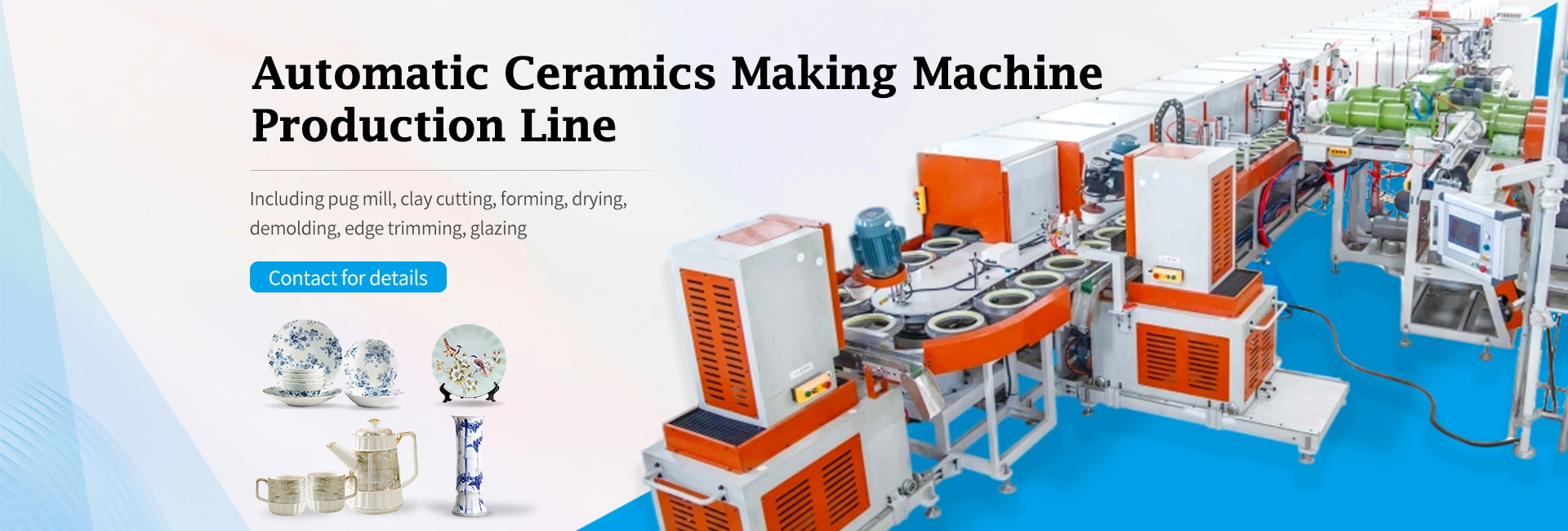
Is the PLC control system prone to failure?
Not easy. The PLC system itself is designed to serve high-intensity industrial environments, with strong anti-interference capabilities, high stability, and low failure rates.
How will the system react when there is a power outage or sudden abnormality?
Most PLCs have power-off memory and fault self-recovery functions. The system can maintain the current state after a power outage, and automatically recover to the original working state when a call is received, preventing the ceramic equipment from resetting operations due to sudden power outages and reducing production line interruptions.
Can old ceramic machinery be upgraded to a PLC control system?
Yes. We can provide PLC upgrade and transformation services for existing old equipment to help customers achieve automation transformation and improve production line efficiency.
Is the PLC system maintenance troublesome? Can ordinary workers operate it?
Our PLC system is equipped with a human-machine interface (HMI touch screen) with a clear interface and easy operation. Ordinary employees can use it independently after training.
Why choose Yutai’s PLC control system solution?
Yutai, a leading ceramic machinery manufacturer, has built-in high-reliability PLC systems in each automation ceramic equipment to ensure the ceramic production lines’ stable and efficient operation.
Our advantages include:
- Applying international first-line PLC brands
- Customized control programs according to customer needs
- Fully equipped with a human-machine interface (touch screen), easy to operate
- Remote monitoring and fault diagnosis support can be realized
- Multiple devices can be interconnected to build a complete set of ceramic factory solutions
Conclusion
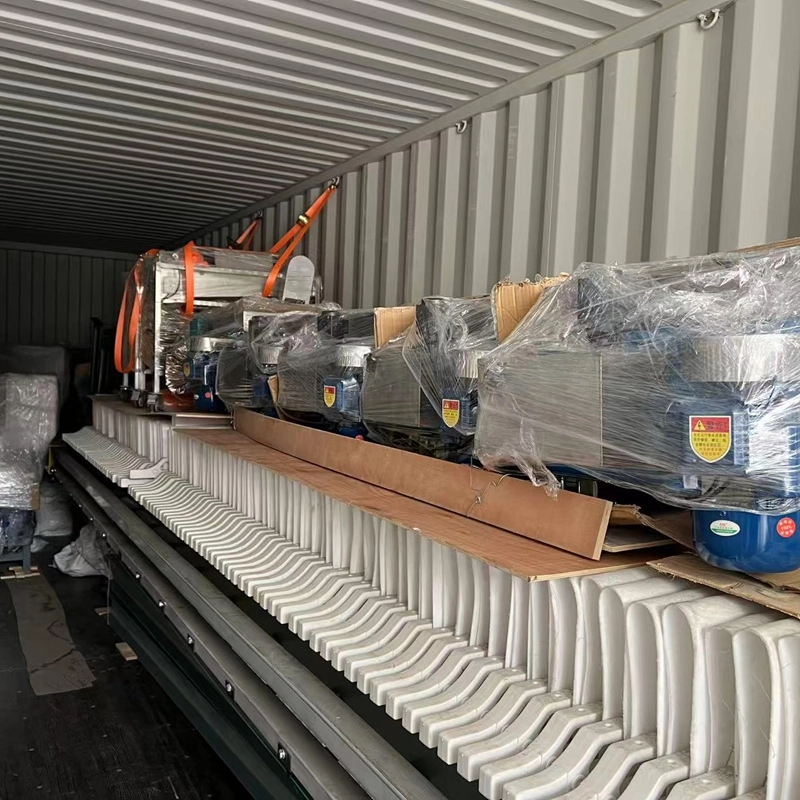
The application of the PLC control system in ceramic machinery is a key step for ceramic manufacturing to move from “semi-automatic” to “fully automatic” and “intelligent”. As the ceramic industry has higher and higher requirements for production capacity, quality and cost control, choosing ceramic machinery with strong PLC control capabilities will be an inevitable choice to be at the forefront of the industry. If you are looking for highly automated and stable ceramic equipment, welcome to contact us for customized solutions or to learn more cases!
